How to Achieve Effective Fire Prevention in Forests
- August 8, 2024
- 0 comment
As climate change intensifies and human activities encroach further into wilderness areas, forest fires have become an increasingly severe threat. These fires not only devastate ecosystems but also pose significant risks to human life and property.
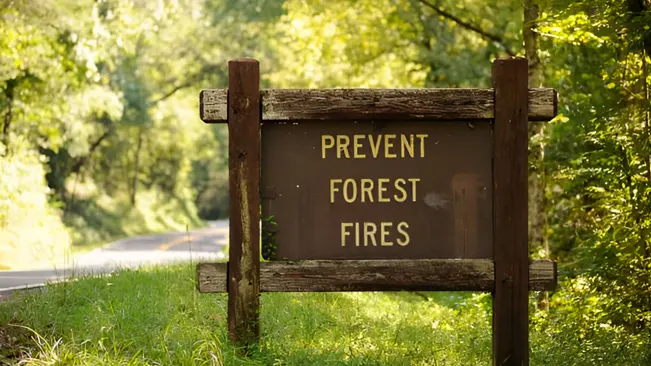
Effective fire prevention in forests is crucial for preserving biodiversity, maintaining ecological balance, and safeguarding communities. We’ll go over the key strategies and practical steps you can take to prevent forest fires and protect these vital ecosystems.
Understanding Forest Fires
Causes of Forest Fires
Forest fires can be triggered by a variety of natural and human-induced factors. Natural causes include lightning strikes and volcanic activity, which can ignite dry vegetation.
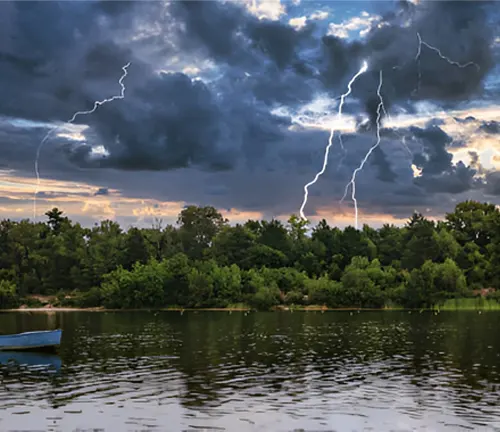
Human activities are responsible for a significant number of forest fires, with common causes including unattended campfires, discarded cigarettes, agricultural burns, and intentional arson. Additionally, sparks from machinery and power lines can ignite wildfires, particularly in dry conditions.
Impact of Forest Fires
The consequences of forest fires are both far-reaching and severe, leading to significant environmental and economic impacts. Environmentally, fires cause loss of biodiversity, habitat destruction, and soil erosion, while economically, the costs of firefighting, property damage, and timber loss can be enormous.
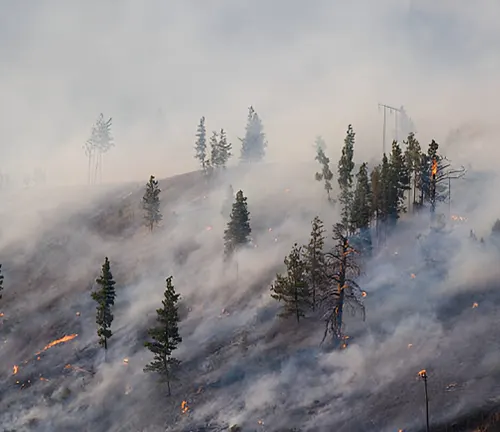
Additionally, forest fires contribute to air pollution, which can have serious health impacts on nearby populations. The loss of vegetation also exacerbates climate change, as trees and plants that sequester carbon are destroyed, releasing stored carbon dioxide back into the atmosphere.
Key Strategies for Fire Prevention in Forests
Regular Forest Assessments
Regularly assessing forest conditions is fundamental to effective fire prevention in forests. These assessments help identify potential fire hazards and inform management decisions.
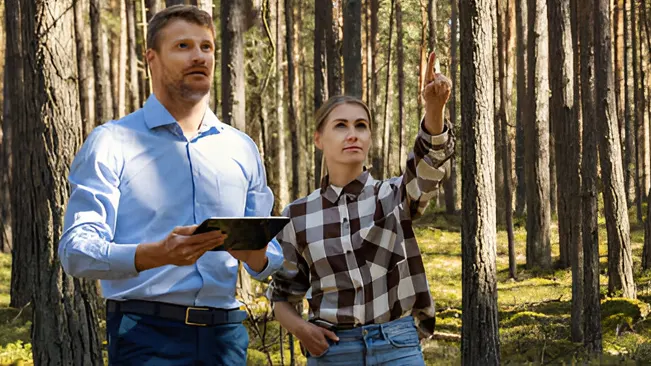
Assessments are crucial for understanding the current state of the forest and identifying areas at risk of fire, utilizing tools such as GPS, GIS mapping, and wildlife cameras to gather accurate data. Field surveys, combined with remote sensing technologies, can effectively monitor vegetation and fuel loads, while evaluating soil moisture levels and topography helps to predict fire spread under various conditions.
By evaluating soil moisture levels and topography, and integrating these insights with tools such as GPS, GIS mapping, and remote sensing technologies, forest managers can develop more informed and effective fire prevention in forests and response strategies.
Implementing Controlled Burns
Controlled burns, also known as prescribed fires, are intentional, carefully planned fires set under controlled conditions. Controlled burns reduce the accumulation of combustible materials, promoting a healthier forest structure.
- Benefits: These burns help decrease fuel loads, stimulate new growth, and improve habitat conditions for certain wildlife species. They also help to maintain fire-adapted ecosystems that rely on periodic fires to thrive.
How to Implement
Develop a detailed burn plan, secure necessary permits, and conduct the burn under favorable weather conditions with trained personnel. Ensure that safety protocols are in place and that local communities are informed about the planned burns.
Creating Firebreaks and Fuel Breaks
Firebreaks and fuel breaks are essential components of fire prevention in forests. These measures are crucial in protecting forests, homes, and communities from the devastating effects of wildfires, providing firefighters with strategic points to combat and contain fires more effectively.
Firebreaks
Fire prevention in forests includes firebreaks, which are gaps in vegetation that act as barriers to slow or stop the spread of fire. They can be natural (rivers, lakes) or man-made (cleared strips of land).
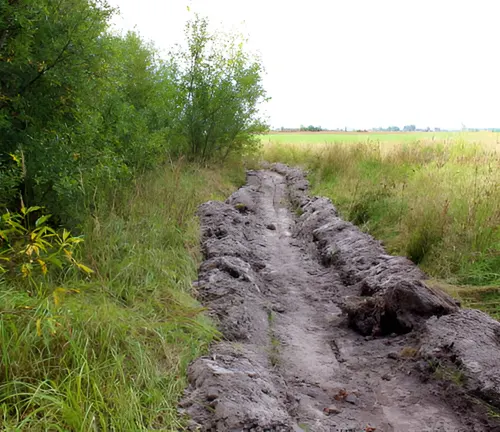
Fuel Breaks
Fire prevention in forests also involves fuel breaks, which reduce the amount of flammable material in a specific area. Techniques include thinning dense vegetation and removing dead or dry plants.

Regularly inspect and maintain firebreaks and fuel breaks to ensure their effectiveness. This includes clearing accumulated debris and ensuring that vegetation regrowth does not compromise the breaks.
Vegetation Management
Proper vegetation management is key to reducing fire risks in forests. Effective vegetation management not only enhances the resilience of forest ecosystems but also protects nearby communities and wildlife habitats from the devastating impacts of uncontrolled fires.
- Thinning and Pruning: Fire prevention in forests includes thinning and pruning to remove excess trees and underbrush, reducing fuel loads, and improving the health of the remaining trees by reducing competition for resources.
- Invasive Species Control: Fire prevention in forests also involves invasive species control by eliminating plants that can increase fire risk. Invasive species often create dense, highly flammable undergrowth that can act as kindling for fires.
- Healthy Vegetation: Fire prevention in forests promotes the growth of fire-resistant plant species and maintains a diverse mix of vegetation. This diversity helps slow the spread of fires and protect the ecosystem.
Community Education and Involvement
Engaging local communities in fire prevention efforts is important for success. By providing education on fire risks and prevention strategies through workshops, informational campaigns, and school programs, communities become more informed and proactive in preventing fires.
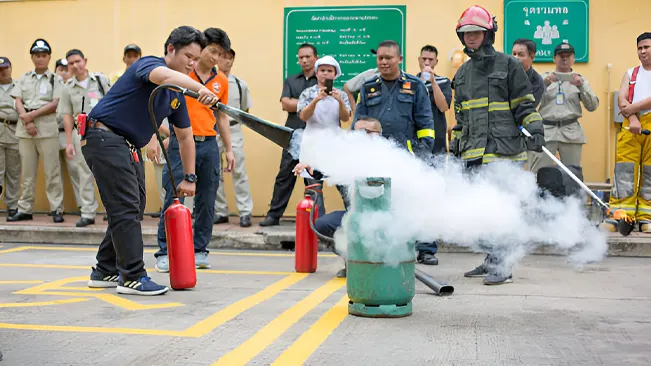
Encouraging community participation in activities such as creating defensible spaces around homes, conducting controlled burns, and maintaining firebreaks fosters a sense of ownership and responsibility. Highlighting successful community-led fire prevention in forests initiatives, like fire drills, neighborhood watch programs for fire spotting, and local reforestation efforts, can inspire and motivate others.
These efforts collectively build a stronger, more resilient community capable of effectively preventing and responding to wildfires.
Use of Technology and Innovation
Leveraging technology can significantly enhance fire prevention efforts. Utilizing drones, satellites, and remote sensing for fire detection allows for early identification of fires and continuous monitoring of forest conditions, enabling quicker response times and more effective containment.
Implementing fire modeling software and integrating technological tools with traditional methods, such as combining satellite data with ground patrols, enhances the accuracy and efficiency of monitoring efforts for comprehensive fire prevention in forests.
These innovative approaches collectively strengthen our ability to prevent and manage wildfires effectively.
Seasonal and Weather Considerations
Understanding the impact of seasonal changes and weather patterns is crucial for effective fire prevention in forests, enabling timely adjustments in fire management strategies to mitigate wildfire risks.
Fire Seasons
Different regions have distinct fire seasons, often during hot, dry periods. Prepare for these high-risk times by reducing fuel loads and ensuring firebreaks are in place.
Weather Monitoring
Utilize real-time weather data to inform fire prevention in forests strategies. Tools like weather stations and meteorological forecasts can help anticipate conditions that may increase fire risk. For instance, high winds and low humidity can create ideal conditions for the spread of wildfires.
Best Practices for Fire Prevention
Implementing best practices can significantly reduce the risk of forest fires. By adopting proven strategies and techniques, forest managers can enhance fire prevention in forests and protect both natural resources and communities.
Fire-Resistant Landscapes
Design landscapes with fire-resistant plants and materials. Create defensible spaces around structures to protect them from fires.
Emergency Preparedness
Develop fire emergency plans that include evacuation routes, communication protocols, and roles for community members. Conduct regular drills to ensure readiness.
Monitoring and Evaluation
Continuous monitoring and evaluation are essential for adapting and improving fire prevention in forests strategies. Utilizing tools like wildlife cameras, remote sensing, and field surveys allows for the effective monitoring of forest conditions and the assessment of prevention measures.

Regularly updating data ensures that the current state of the forest is accurately reflected, enabling timely interventions. Adaptive management practices should be adjusted based on monitoring results, ensuring flexibility and responsiveness to changing conditions and new information.
By integrating ongoing monitoring with adaptive management, fire prevention in forests efforts can be continuously refined and enhanced, leading to more effective protection of forest ecosystems.
Conclusion
Effective fire prevention in forests is crucial for protecting ecosystems, wildlife, and human communities. By understanding the causes and impacts of forest fires, implementing key strategies, and leveraging technology and community involvement, we can significantly reduce the risk of devastating fires.
Continuous monitoring and adaptive management ensure that these efforts remain effective and responsive to evolving challenges. Through collective action and commitment to fire prevention in forests, we can safeguard our forests for future generations.
Frequently Asked Questions (FAQs)
- What are the primary causes of forest fires?
Forest fires can be caused by natural factors such as lightning strikes and volcanic activity, as well as human activities like unattended campfires, discarded cigarettes, agricultural burns, and intentional arson. - How do controlled burns help in fire prevention?
Controlled burns, or prescribed fires, reduce the accumulation of combustible materials in forests, promoting a healthier forest structure by decreasing fuel loads, stimulating new growth, and improving habitat conditions for certain wildlife species. - What is the importance of creating firebreaks in forests?
Firebreaks are gaps in vegetation that act as barriers to slow or stop the spread of fire. They can be natural (e.g., rivers, lakes) or man-made (e.g., cleared strips of land) and are essential for controlling the spread of wildfires. - How can communities get involved in forest fire prevention?
Communities can participate in fire prevention by attending educational workshops, creating defensible spaces around homes, conducting controlled burns, maintaining firebreaks, and participating in local fire prevention initiatives. - What role does technology play in fire prevention?
Technology enhances fire prevention efforts through early fire detection using drones, satellites, and remote sensing, fire modeling software to predict fire behavior and assess risk, and integrating these tools with traditional methods for comprehensive forest management. - How do weather patterns impact forest fire risks?
Weather patterns such as high winds, low humidity, and dry conditions increase the risk of forest fires. Monitoring real-time weather data helps anticipate and prepare for these high-risk conditions. - What are fire-resistant landscapes, and how do they help?
Fire-resistant landscapes are designed with plants and materials that are less likely to catch fire. Creating defensible spaces around structures and using fire-resistant vegetation can significantly reduce the risk of fires spreading. - Why is regular monitoring and evaluation crucial for fire prevention?
Regular monitoring and evaluation help assess the effectiveness of fire prevention measures, identify areas of improvement, and adjust management practices to remain effective and responsive to changing conditions. - How does thinning and pruning vegetation help prevent forest fires?
Thinning and pruning reduce the amount of excess trees and underbrush, decreasing fuel loads and improving forest health by reducing competition for resources among the remaining trees. - What policies can support forest fire prevention efforts?
Supportive policies include funding for controlled burns, regulations on land use, incentives for fire-resistant construction, and collaboration between local authorities, NGOs, and private stakeholders to develop and implement comprehensive fire prevention plans.

Jordan Blake
Forestry AuthorJordan Blake is a forestry expert with over 15 years of experience in arboriculture and community education. Passionate about sustainable forest management, Jordan regularly writes for Forestry.com and Tree Care Magazine. Holding certifications in tree health assessments and urban forestry management, Jordan conducts workshops to educate the public on sustainable practices. Jordan has a degree in Environmental Science and enjoys hiking and photography in their free time.

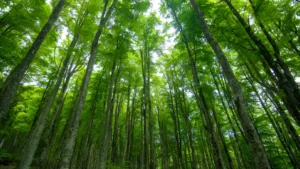
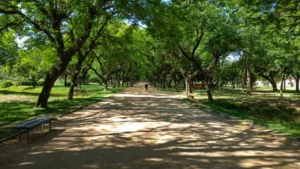
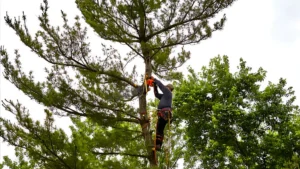
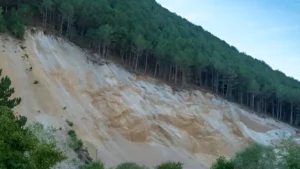

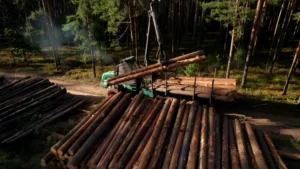

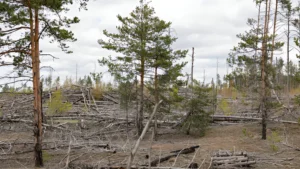
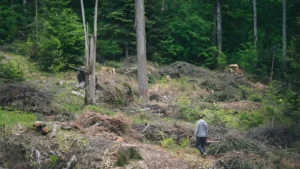
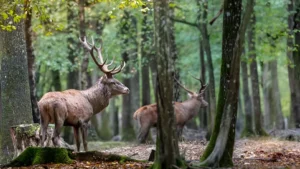


Leave your comment